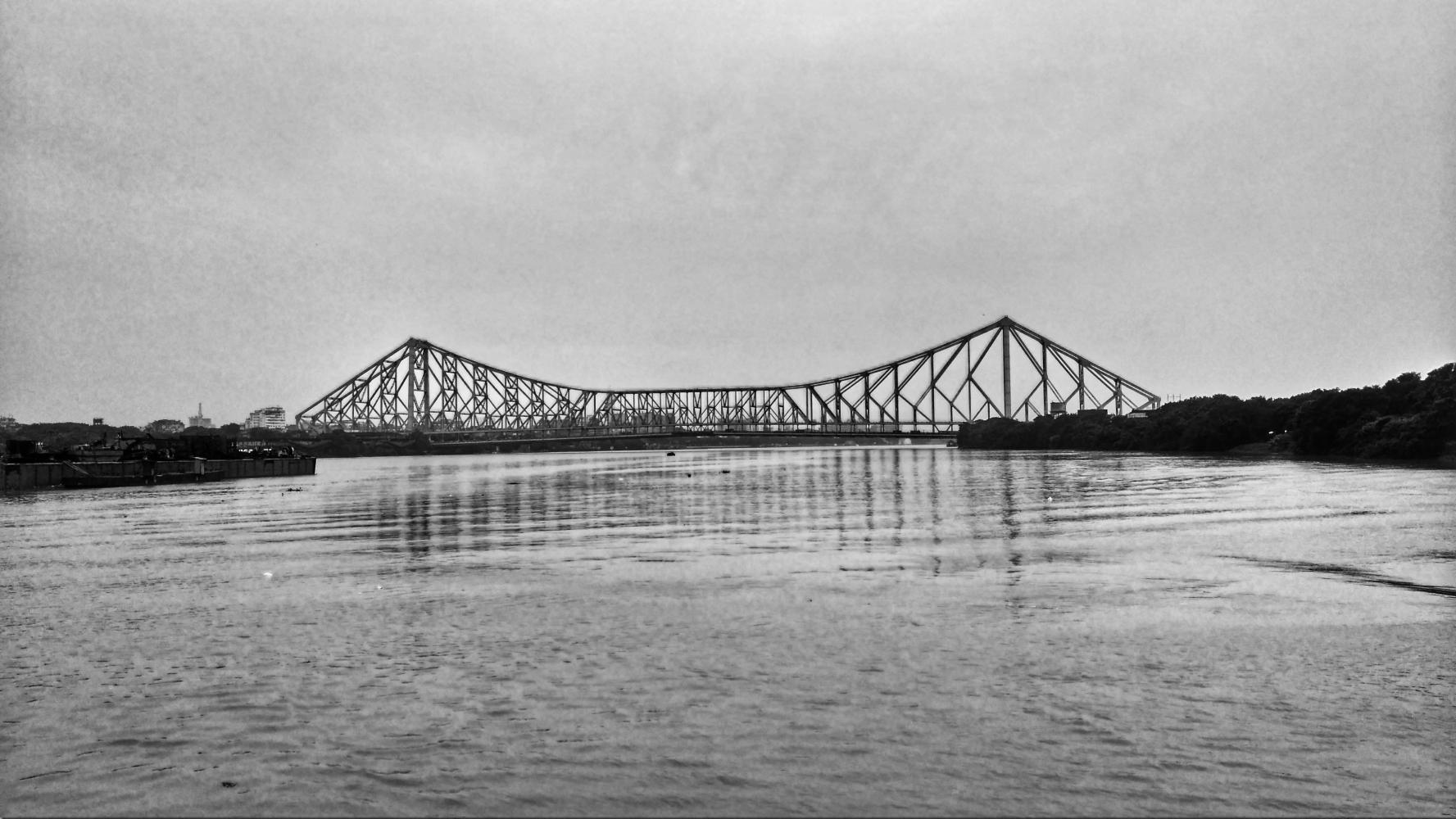Pre-17th century: Kolkata's story begins in the pre-colonial era when the region was inhabited by indigenous tribes, including the Adivasis, who lived in harmony with the fertile lands along the Bhagirathi-Hooghly basin. These early inhabitants engaged in agriculture, fishing, and trade along the riverbanks, laying the foundation for human settlement in the area.
Late 17th century: The dawn of Kolkata's recorded history coincides with the arrival of European traders, particularly the British East India Company, seeking to establish a foothold in the lucrative trade routes of the Indian subcontinent. In 1690, Job Charnock, an agent of the East India Company, is traditionally credited with selecting the village of Sutanuti as the site for a fortified trading post, marking the birth of modern Kolkata.
1698: The East India Company recognized the strategic importance of the region and secured the villages of Sutanuti, Gobindapur, and Kalikata by purchasing land from the local zamindar (landlord). This marked the beginning of planned urban development in Kolkata, with the company envisioning a bustling port city that would serve as a gateway to the riches of the East.
18th century: Kolkata rapidly evolved into a thriving commercial center, attracting merchants, traders, and settlers from various parts of India and Europe. The British East India Company expanded its influence in the region, establishing administrative structures and fortifications to safeguard its interests. Kolkata became a melting pot of cultures, languages, and religions, with communities coexisting and contributing to the city's vibrant social fabric.
1757: The Battle of Plassey, fought near Kolkata, was a watershed moment in Indian history, resulting in the decisive victory of the British East India Company over the Nawab of Bengal and laying the groundwork for British colonial rule in India. Kolkata emerged as the nerve center of British power in the region, serving as the capital of British India and the seat of colonial administration.
1773: Kolkata's status as the capital of British India was formally recognized, consolidating its position as the political, economic, and cultural heart of the British Raj. The city experienced rapid urbanization and development, with the construction of civic infrastructure, public buildings, and commercial establishments transforming its skyline.
19th century: Kolkata witnessed unprecedented growth and prosperity during the 19th century, fueled by the expansion of British trade and colonial enterprise. The city became a hub for manufacturing, finance, and education, attracting intellectuals, entrepreneurs, and reformers who shaped its destiny. The Bengal Renaissance, a cultural and intellectual movement centered in Kolkata, spurred advancements in literature, art, science, and social reform, leaving an indelible mark on Indian society.
1857: Kolkata played a pivotal role in the Indian Rebellion of 1857, also known as the First War of Indian Independence, as discontent against British rule erupted into widespread revolt. The city became a rallying point for freedom fighters and revolutionaries, with iconic leaders like Raja Ram Mohan Roy, Ishwar Chandra Vidyasagar, and Bankim Chandra Chattopadhyay leading the charge for independence.
Late 19th century: Kolkata continued to thrive as the epicenter of colonial power in India, but the seeds of dissent and nationalism were sown deep within its soil. The partition of Bengal in 1905 by the British government sparked mass protests and gave birth to the Swadeshi Movement, a grassroots campaign for self-reliance and Indian autonomy that galvanized the masses against colonial oppression.
1911: Kolkata's significance as the capital of British India began to wane as the British government announced plans to shift the capital to New Delhi, signaling a shift in the political landscape of the subcontinent. While Kolkata lost its administrative primacy, it retained its status as a cultural and commercial powerhouse, with its bustling streets and bustling bazaars serving as a testament to its resilience and vitality.
1947: The dawn of independence marked a new chapter in Kolkata's history as India broke free from the shackles of colonialism and embarked on a journey of nation-building. Kolkata became the capital of West Bengal, one of India's newly formed states, and played a pivotal role in shaping the nascent republic's destiny.
1950: Kolkata emerged as the nerve center of West Bengal's political, economic, and cultural life, with its iconic landmarks and institutions symbolizing the aspirations of a newly independent nation. The city became a melting pot of ideologies, with socialist principles and Marxist ideology gaining traction among its working-class population.
Late 20th century: Kolkata experienced both triumphs and tribulations in the latter half of the 20th century, as waves of industrialization, urbanization, and globalization swept across the city. While Kolkata retained its status as an intellectual and cultural hub, it grappled with economic stagnation, political unrest, and social inequality, leading to periods of upheaval and uncertainty.
21st century: Kolkata entered the 21st century with renewed vigor and determination, as the city embarked on a journey of renewal and reinvention. Urban renewal projects, infrastructure upgrades, and economic reforms aimed.
